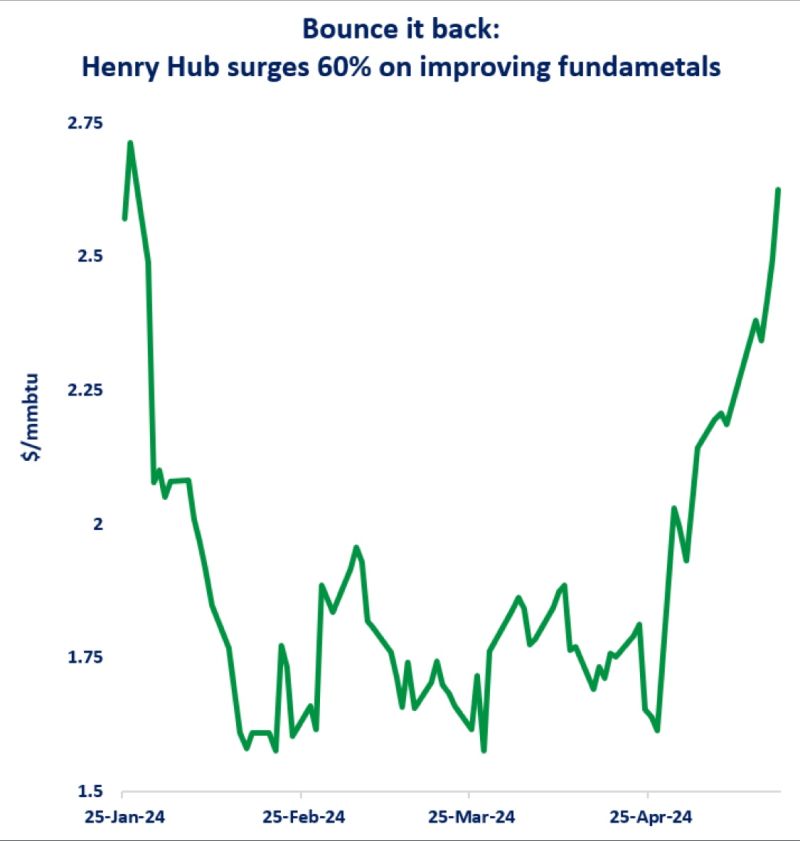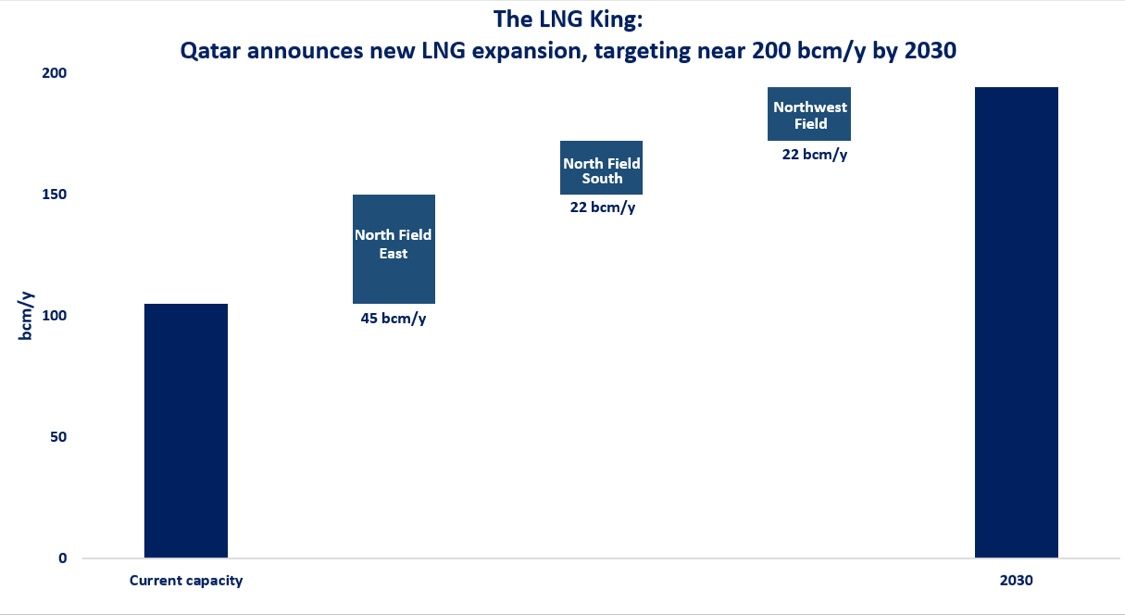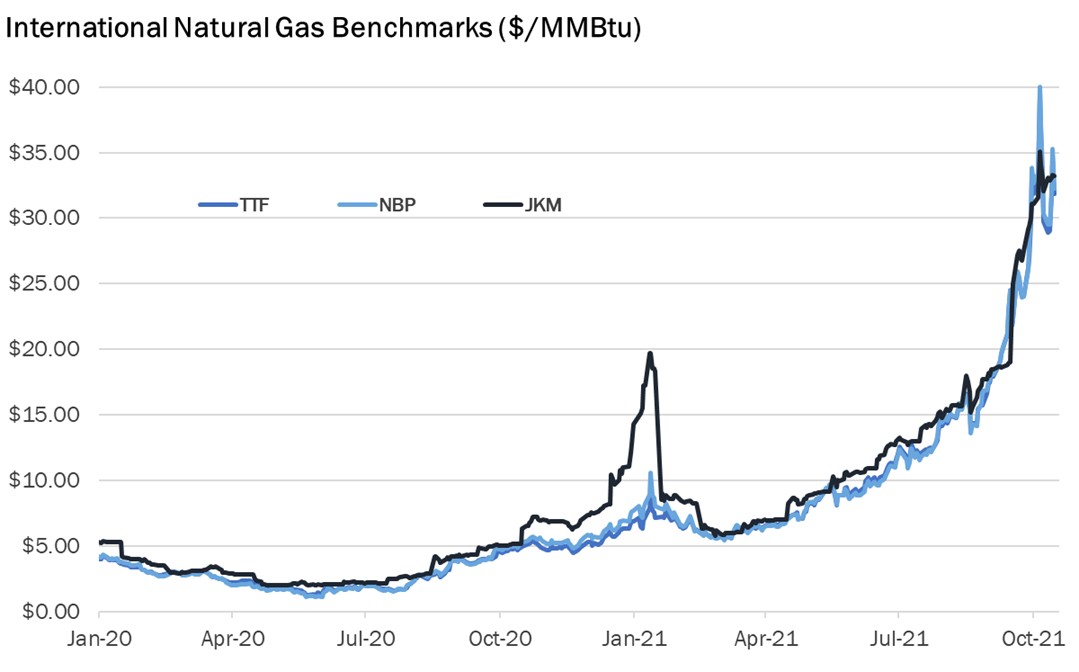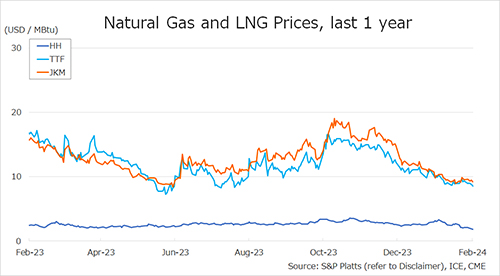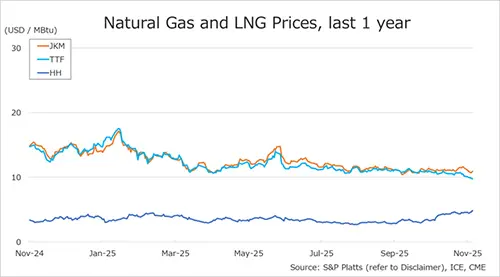

According to Bloomberg (13 February) the “US Is Exporting Every Molecule of LNG Possible”, due to the crisis in Europe (Bloomberg, 13 February). Australia however shipped fewer LNG cargoes in January (96) than in December (105), with short-term outages at the North West Shelf and Wheatstone and repair work at Gorgon.
The cargoes delivered in January went to all the usual countries in Asia. There was no sign of any Australian cargoes heading to Europe. Although European prices were occasionally higher than Asian prices, the difference was not enough to make the longer trip worthwhile.
Cargoes heading to Asia though were enormously profitable, even those sold on oil-linked prices. This has already been apparent in the Q4 reports from Origin Energy, Santos and Woodside, with average realised LNG prices of US$11.80/MMBtu, US$13.64/MMBtu and US$16.00/MMBtu respectively, depending on their exposure to spot sales.
At these prices individual cargoes were worth US$42-56 million each. The good fortune continued into January, with oil prices continuing to increase and high spot prices being maintained.
Notwithstanding high international gas prices and near-record LNG exports from Gladstone east coast short-term gas prices actually fell, from $11-12/GJ in December to $8-9/GJ in January.
The gap with the ACCC LNG netback price estimate widened, with the netback increasing from $35.53/GJ in December to $41.24/GJ in January.
Gas generation in the NEM increased by 3.2% from December, increasing its market share from 4.3% to 5.3%, with 8.6 PJ used for generation in January, up from 6.3 PJ in December. The biggest absolute increase in gas-fired generation was in NSW (95 GWh).
Total NEM generation was up by 7%, with coal up by 9% and hydro up (+12%) and wind up (+7%) but solar down (-7%). Altogether renewables generated 5.1 TWh, well up from gas at 1.0 TWh but still considerably less than coal at 11.1 TWh.
Source: EnergyQuest
